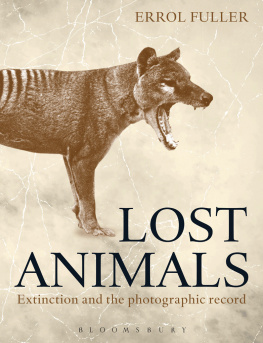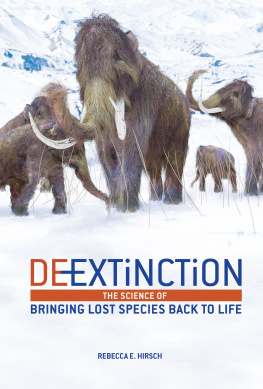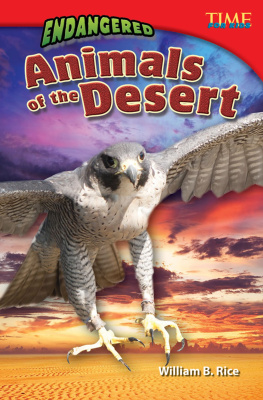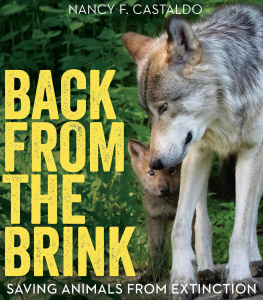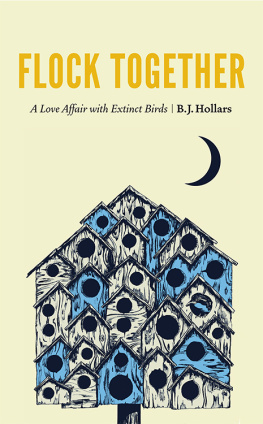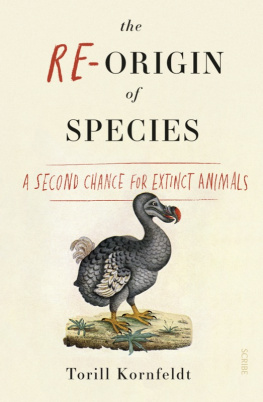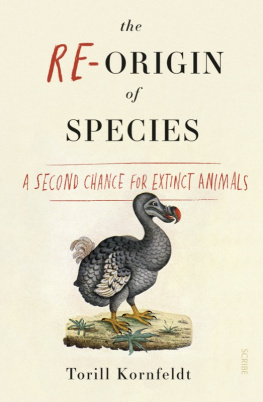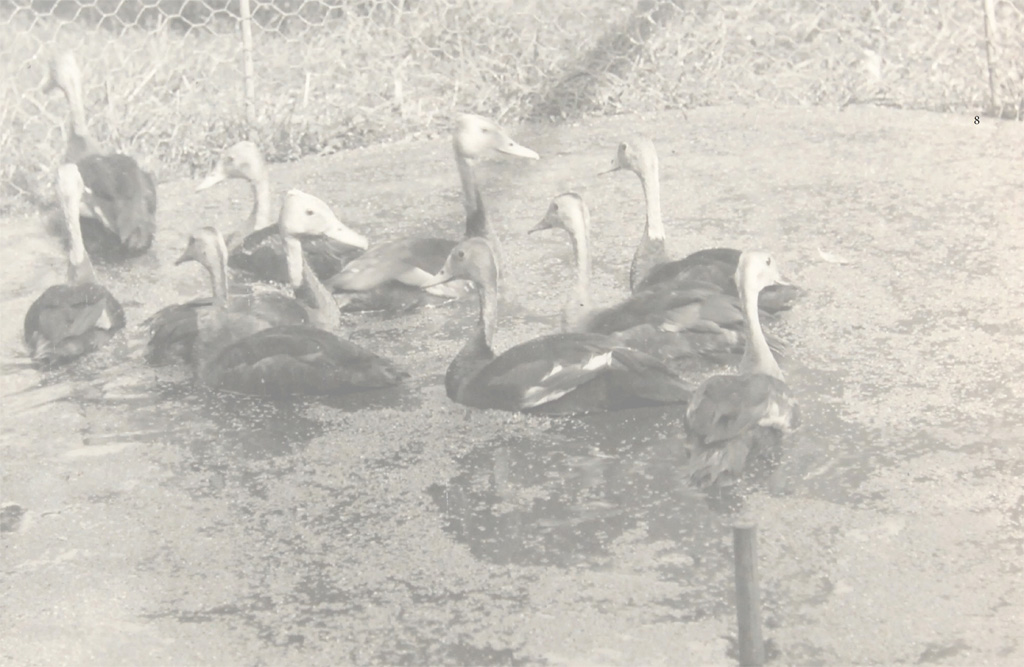A flock of ten Pink-headed Ducks at Foxwarren Park, Surrey, England in 1929 (also reproduced on ). The name of the photographer is uncertain although it may have been a well-known specialist in Indian birds named Salim Ali. Courtesy of Frank S. Todd.
Some years ago I wrote a book called Extinct Birds. It was packed with illustrations, mostly reproductions of paintings that showed the featured birds, some of them by truly great artists. Then there were a few grainy photographs, taken when some species were still extant.
When friends or acquaintances thumbed through the book a peculiar and unexpected thing became very noticeable. They were attracted by the high quality of the paintings, of course, but they were truly riveted by the photos. They would pause over them and just gaze, sometimes even raising the book towards their eyes in the vain hope that this action would allow them to see more more than there really was to see! Almost always the same question cropped up. Is this real or have you just faked it?
All this was despite the fact that most of these images were, inevitably, poor in quality (for many were taken in difficult circumstances in the early days of photography), and showed little detail.
It seems that a photograph of something lost or gone has a power all of its own, even though it may be tantalisingly inadequate.
And this is one of the reasons for the present book. Here the reader will find images that are far less than satisfactory in quality. Many are from days when only black-and-white photography was possible, and in an age when we have become so accustomed to colour there are those who will find this disappointing. But despite all of the handicaps, these photos are evocative and moving records of creatures that are gone. They are close enough to touch almost, but not quite!
To compensate in some small way for any frustration the interested reader may feel, and to provide a semblance of completeness in his or her mind, a gallery of paintings of most of the featured animals is included as an appendix at the back of the book. Some, the Caribbean Monk Seal for instance, are omitted from the appendix as it is felt that such an illustration would serve little purpose. Others, like the Guam Flycatcher, are also left out as they are clearly depicted in the existing photos. Those paintings that are included may help anyone struggling with just a black-and-white or blurred image to visualise more exactly what the mammal or bird actually looked like.
Certain factors should be borne in mind when viewing the photographs. They may have been taken in exceptionally difficult circumstances, when only a fleeting view of the subject was obtained. And, of course, in these days of digital technology, it is easy to forget what a complex and expensive process photography once was. Cumbersome, heavy equipment was needed, and this often had to be hauled for miles over difficult terrain. Lighting was critical; so too was complete stillness of the subject. Wet plates that dried out before the subject was properly in position and the need to be relatively close to it were problems that had to be overcome. Also, there was no way of knowing just what the camera had caught. Immediate inspection (something we take for granted today) was out of the question. Film had to be developed in a dark room, and this facility was often miles (or perhaps many days travel) from the place where the photos were taken. Also significant is the fact that photographers often had no idea how important their photos would become. They didnt necessarily have any insight that their subject would soon become extinct.
Even though some of the pictures reproduced in this book are particularly poor in quality, no attempt has been made to tamper or enhance them with the various modern techniques now available. They are shown here as they exist and must speak for themselves. The photograph of the Mamo on , for instance, is hardly a masterpiece of the photographers art, but in its own way it is full of atmosphere, even poignancy.
Anyone who is inclined to disappointment must bear in mind all of these factors when looking at the images. Hopefully the viewer will accept them for what they are, and for what they represent.
The circumstances under which photos were taken are often interesting or curious, although sometimes, of course, little or nothing is known. As might be expected, several were taken in zoos, but the majority were shot in other situations.
Sometimes it is surprisingly difficult to discover who actually took a surviving photograph, or where and when it was shot. Reference books or websites on the internet may be valuable tools, but they sometimes promote conflicting information. The internet is particularly open to misleading claims. People or organisations often suggest a photograph is theirs when in fact they have no genuine claim to it. The picture of Bachmans Warbler featured on , for instance, occurs on the internet under a variety of names, all of whom appear willing to take some kind of credit for it. The truth seems to be that it was taken by a gentleman named J. H. Dick in 1958, but this is by no means certain.
In any work on extinct creatures, the problem of what is extinct and what is not always rears its head. For a number of species, hopes are regularly expressed that individuals may still survive in some out-of-the-way place. The Thylacine, the Pink-headed Duck, and the Paradise Parrot are all examples of this kind of wishful thinking. Perhaps they do still survive, but it is far, far more likely that they do not. Much attention was recently focused on the supposed survival of the Ivory-billed Woodpecker, but the claims came (as many people suspected they would) to nothing.
The question of the borderline between species and subspecies is another that causes controversy. In this book creatures that are generally regarded as extinct races of still-extant species have not been included.
Extinct or not? The Thylacine is probably extinct, but rumours persist that individuals are still being seen, even though the species has been classified as extinct since 1936. These two were photographed at a zoo in Washington during the first decade of the twentieth century. The photographer is unknown.
Another species for which hopes of survival are still frequently expressed is the Pink-headed Duck. These hopes are probably forlorn, but expeditions are often launched with the intention of finding an existing colony in some remote spot. This extraordinary photo of ten individuals was taken in 1929 at Foxwarren Park, Surrey, England, where they were being kept among a collection of ornamental waterfowl. At this time the species may well have been extinct in its homeland in India and other parts of Asia. The photographer is unknown, but it was possibly the well-known Indian bird specialist Salim Ali. Photograph courtesy of Frank S. Todd.

